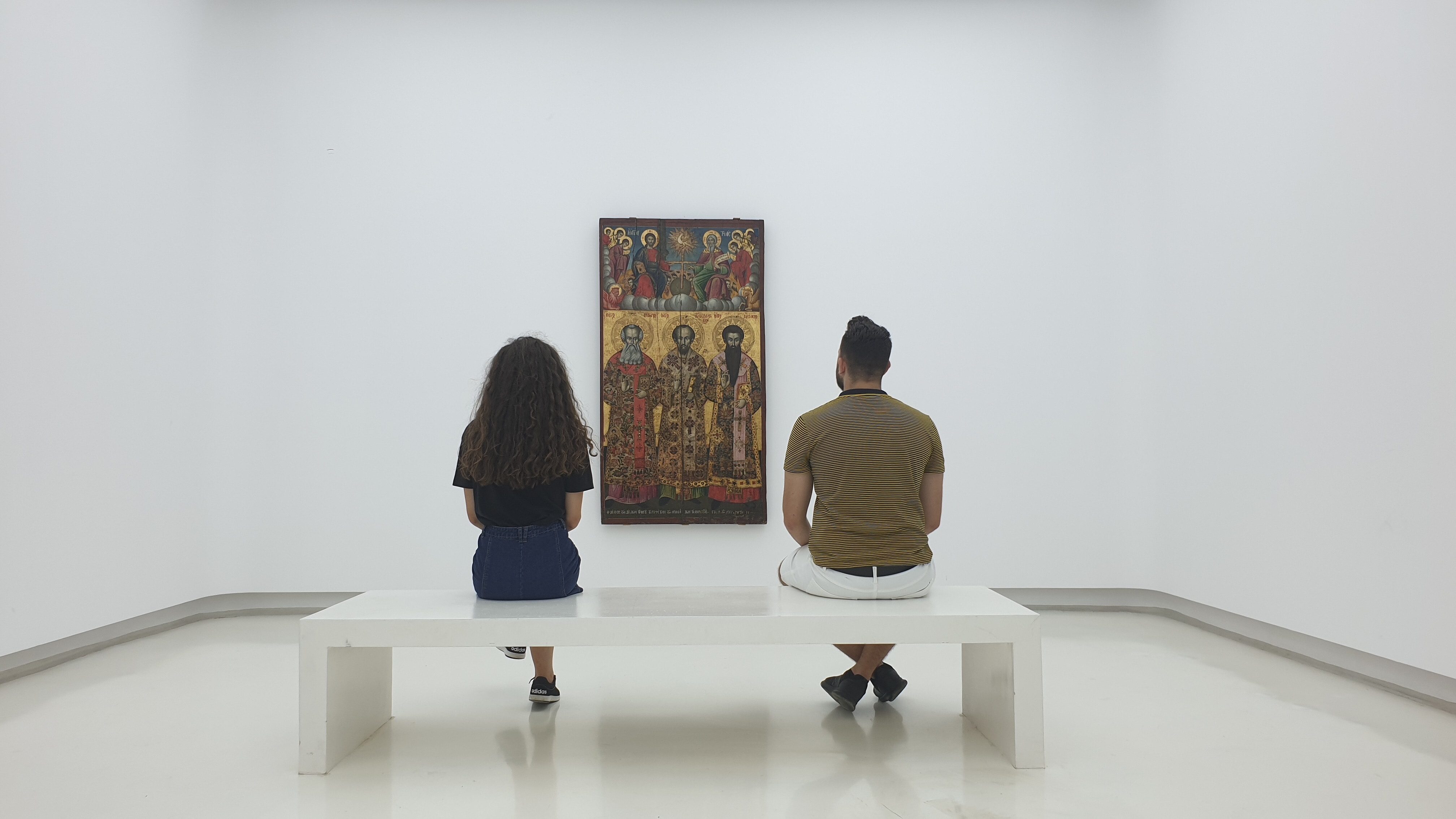Navigating a marital separation or divorce with a substantial art collection can be a complex and emotionally charged process. Art collectors often face intricate challenges when it comes to dividing their assets, including valuable artworks that hold both financial and sentimental value. To help manage this situation, several key considerations and useful tools and resources can come into play.
Ownership and Provenance: Determine the ownership of each artwork. If the art collection was acquired during the marriage, it may be considered marital property subject to division. If one spouse brought the collection into the marriage or received it as an inheritance or gift, it might be considered separate property. Detailed provenance records can help establish ownership. Documentation and records play a crucial part in establishing ownership and value. It's advised to maintain meticulous records of all relevant documentation, including purchase receipts, appraisals, provenance records, and any correspondence related to the art collection.
Art Appraisers and Valuation Services: Hiring a professional art appraiser or valuation service is crucial for determining the fair market value of art assets. This valuation serves as the basis for equitable distribution during divorce proceedings. It's important to obtain an accurate valuation, which takes into consideration market trends, condition, provenance, and other factors. Third-party valuers, whether single or jointly appointed, provide transparency in the valuation process. Both spouses can have confidence in the fairness of the process when professionals conduct valuations according to established standards.
Custody and Display: If you have children and the art collection includes pieces displayed in the family home, discuss the custody and display of these artworks with your ex-spouse. Curatorship, as a form of custody in divorce proceedings involving valuable art collections, can indeed be a potential solution. Curatorship typically involves appointing a neutral third party, often an art expert or curator, to oversee and manage the art collection on behalf of both spouses during and after divorce proceedings.
Buyouts and Asset Swaps: In some cases, one spouse may want to keep the art collection and buy out the other's share or offer other assets in exchange. Consider the financial implications and feasibility of such arrangements. A transparent valuation report might be crucial if this is the course of action you want to take.
Confidentiality: Keep sensitive information about the art collection and the divorce proceedings confidential. This is especially important if you have concerns about the privacy of your collection or potential disputes becoming public. Non-disclosure agreements (NDAs) are always a good way to go about it.
Final Settlement Agreement: Once an agreement is reached, have your attorneys draft a comprehensive final settlement agreement that clearly outlines the division of assets, including the art collection, and any ongoing responsibilities or obligations. If you are still buying and selling throughout the process, consider how this may impact your financial situation and be transparent with your legal counsel and ex-spouse about your intentions.
Divorcing when you have a large art collection adds complexity to an already challenging process. It's essential to approach this situation with careful planning, professional guidance, and open communication to achieve a resolution that is fair and legally sound for both parties. Consulting with legal and financial professionals who specialize in high-asset divorces can be invaluable in protecting your interests and preserving your art collection. Without professional valuation, divorcing spouses may overestimate or underestimate the value of their art collections, potentially leading to unfair settlements. Recognize that the art collection may have emotional significance for both spouses, but having a correct and professional valuer who can discern recent market trends and fluctuations is an essential skill.





